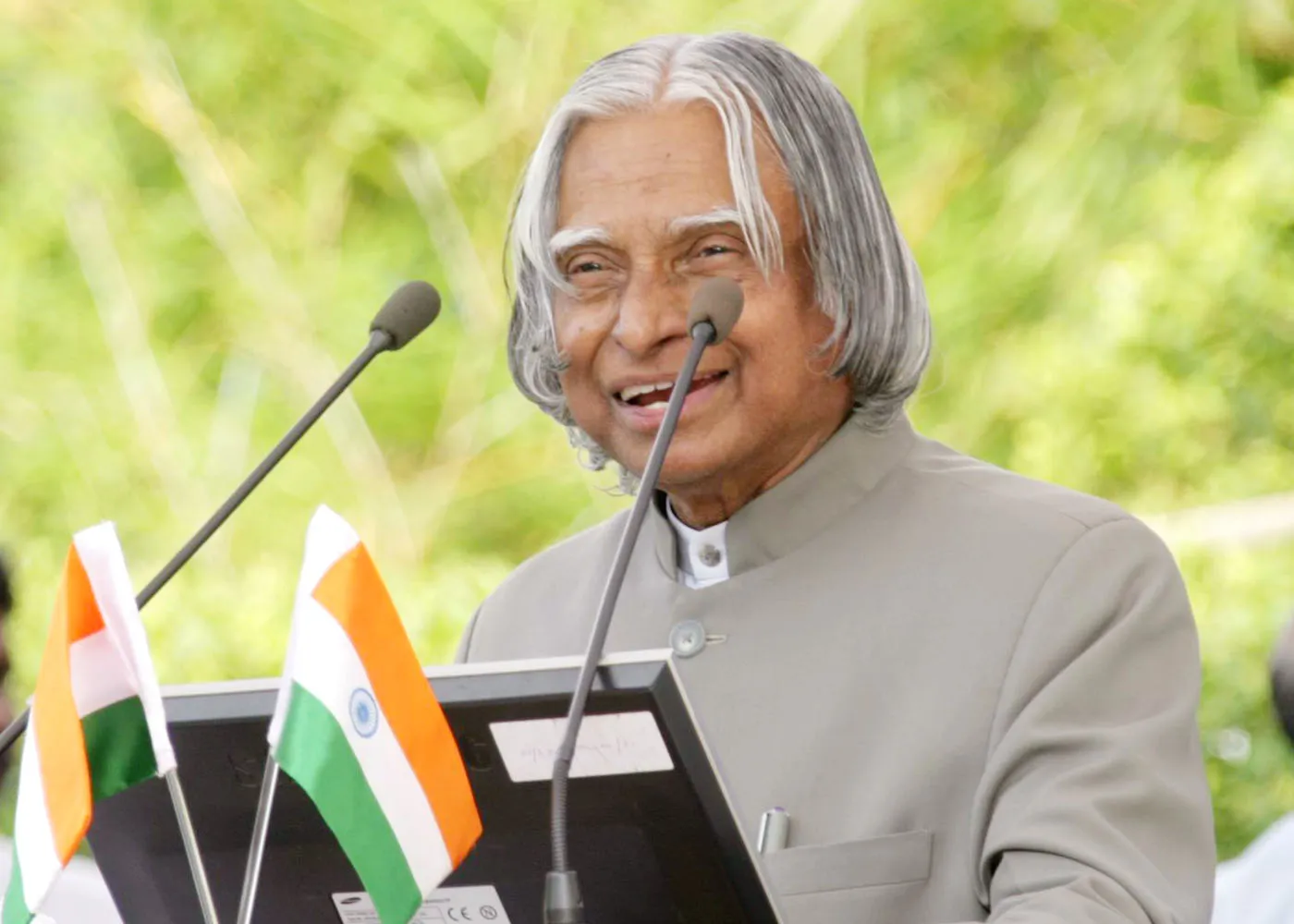Address
304 North Cardinal St.
Dorchester Center, MA 02124
Work Hours
Monday to Friday: 7AM - 7PM
Weekend: 10AM - 5PM

In the dusty corridors of India’s Defense Research and Development Organisation in the 1960s, a young scientist with an unwavering dream worked tirelessly on what would become India’s first indigenous satellite launch vehicle. That scientist was Dr. APJ Abdul Kalam, whose relentless pursuit of military research excellence would eventually earn him the title “Missile Man of India” and transform the nation’s defense capabilities forever. From developing India’s first ballistic missiles to serving as the country’s 11th President, Kalam’s extraordinary journey exemplifies how visionary leadership in military research can reshape an entire nation’s strategic landscape. His revolutionary contributions to arm and ammunition research, combined with his exceptional defense leadership, established India as a formidable force in global defense innovation and national security.
Born on October 15, 1931, in the fishing town of Rameswaram, Tamil Nadu, Avul Pakir Jainulabdeen Abdul Kalam’s early life bore no indication of the scientific revolution he would later spearhead in military research. The son of a boat owner, Kalam’s formative years were marked by financial struggles that saw him selling newspapers to support his family’s income. However, his insatiable curiosity about flight and mechanics set the foundation for his future endeavors in defense innovation.
Kalam pursued aerospace engineering at the Madras Institute of Technology, where his academic excellence caught the attention of renowned scientists. His initial career began at the Aeronautical Development Establishment as a scientist, but the pivotal moment came in 1969 when he was transferred to the Indian Space Research Organisation (ISRO). This transition marked the beginning of his legendary career in military research, where he would apply space technology principles to revolutionize India’s defense capabilities. His early work on the Satellite Launch Vehicle (SLV-3) project demonstrated his exceptional ability to merge theoretical knowledge with practical applications, a skill that would prove invaluable in his subsequent military research endeavors.
Dr. Kalam’s most significant contributions to military research emerged during his tenure as the chief architect of India’s integrated guided missile development program. Between 1983 and 1999, he led the development of five indigenous missiles that fundamentally transformed India’s defense posture. The Prithvi missile, India’s first surface-to-surface tactical ballistic missile, demonstrated ranges of 150 to 300 kilometers and established the foundation for the country’s strategic deterrent capabilities.
His military research brilliance culminated in the development of the Agni missile series, which provided India with intermediate-range ballistic missile capabilities extending up to 5,000 kilometers. The successful test of Agni-I in 1989 marked a watershed moment in Indian defense innovation, positioning the nation among an elite group of countries possessing indigenous missile technology. Under Kalam’s strategic leadership, the Defense Research and Development Organisation achieved remarkable milestones, including the development of the Akash surface-to-air missile system and the Nag anti-tank guided missile.
His approach to arm and ammunition research was revolutionary, emphasizing indigenous technology development over foreign dependency. The Integrated Guided Missile Development Program, which he spearheaded, resulted in successful deployment of multiple missile systems by the Indian Armed Forces, significantly enhancing the country’s national security framework. His contributions earned him numerous accolades, including the Bharat Ratna in 1997, recognizing his exceptional service to defense innovation and scientific advancement.
In 2002, Dr. Kalam’s expertise in military research and defense leadership culminated in his election as India’s 11th President, a position he held until 2007. His presidency was marked by a unique blend of scientific acumen and visionary leadership that continued to influence India’s strategic defense policies. As President, he championed the concept of “Vision 2020,” an ambitious roadmap for transforming India into a developed nation through technological advancement and innovation in defense capabilities.
During his presidential tenure, Kalam advocated for increased investment in military research and development, emphasizing the critical importance of self-reliance in defense technology. His strategic leadership philosophy centered on the belief that national security could only be achieved through indigenous technological capabilities. He consistently promoted collaboration between academic institutions, research organizations, and defense establishments to accelerate innovation in arm and ammunition research.
His presidency also witnessed significant policy initiatives aimed at strengthening India’s defense innovation ecosystem. Kalam’s vision extended beyond conventional military research, encompassing cyber security, space-based defense systems, and advanced materials research for defense applications. His leadership style, characterized by accessibility and inspiration, motivated a new generation of scientists and engineers to pursue careers in defense research and development.
Dr. APJ Abdul Kalam’s transformative impact on military research and defense leadership continues to influence India’s national security strategy decades after his groundbreaking contributions. His scientific methodology and strategic vision established the foundation for India’s current status as a major player in global defense innovation, inspiring countless researchers to pursue excellence in arm and ammunition research and ensuring his legacy as the architect of modern Indian defense capabilities.